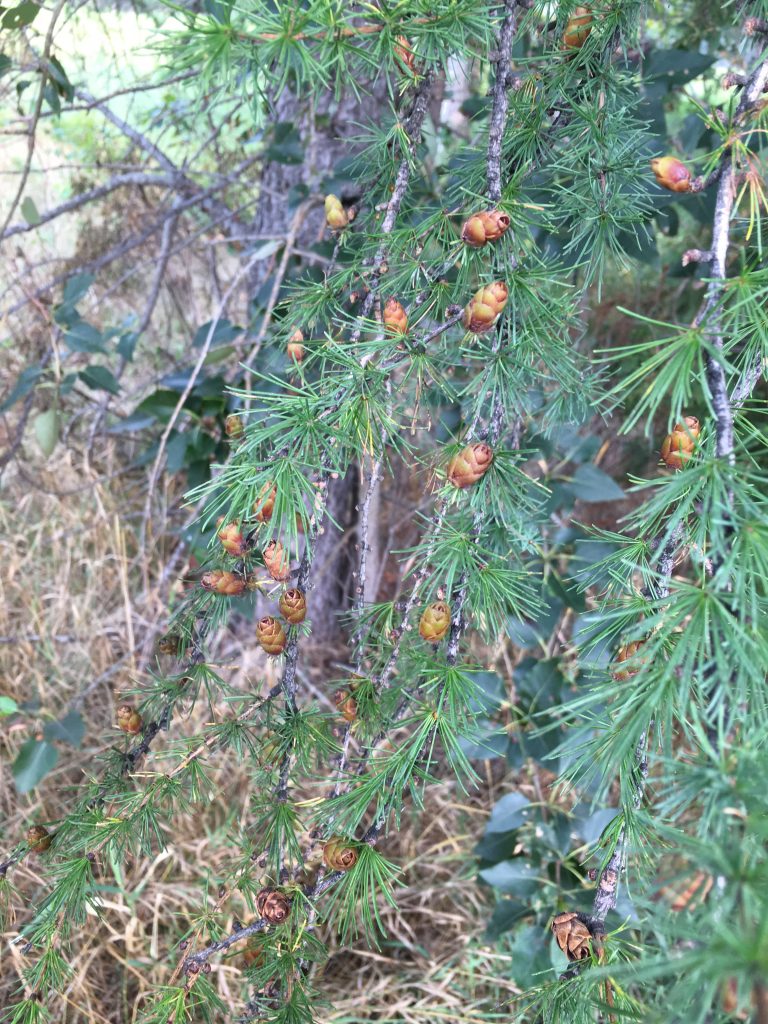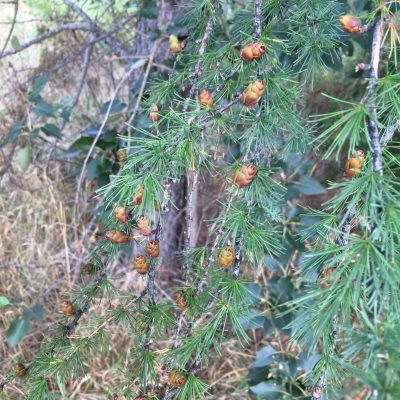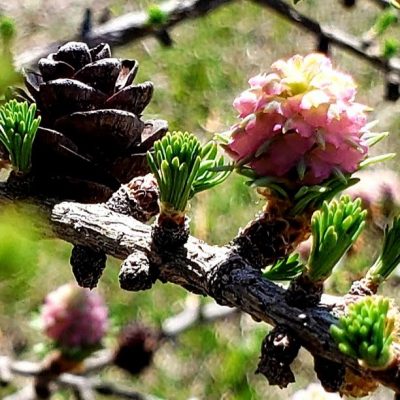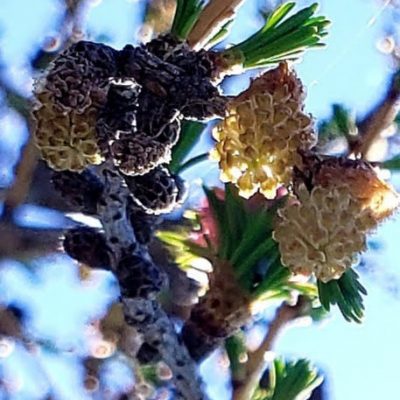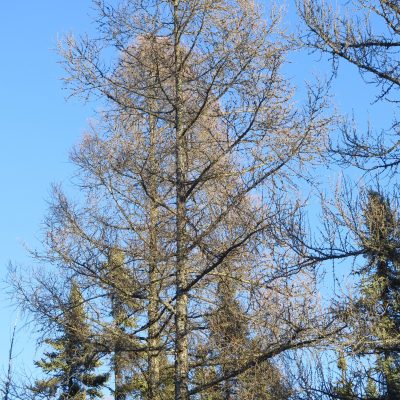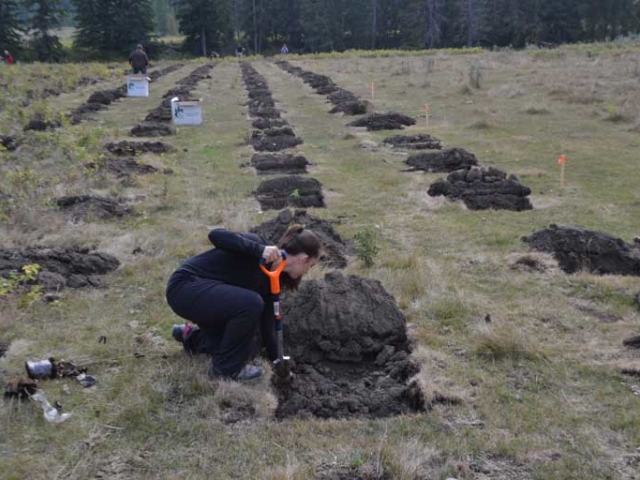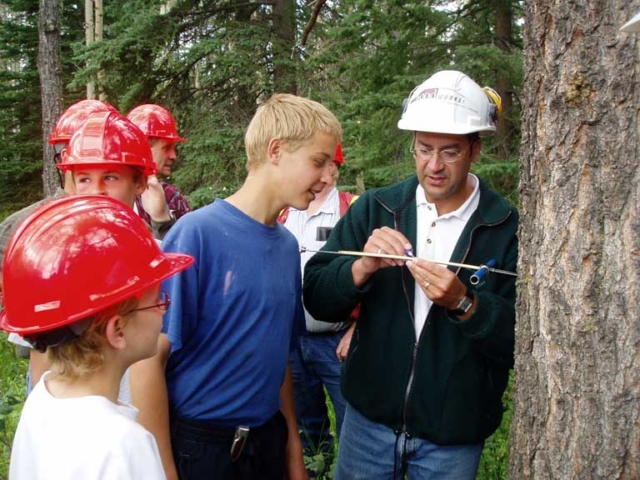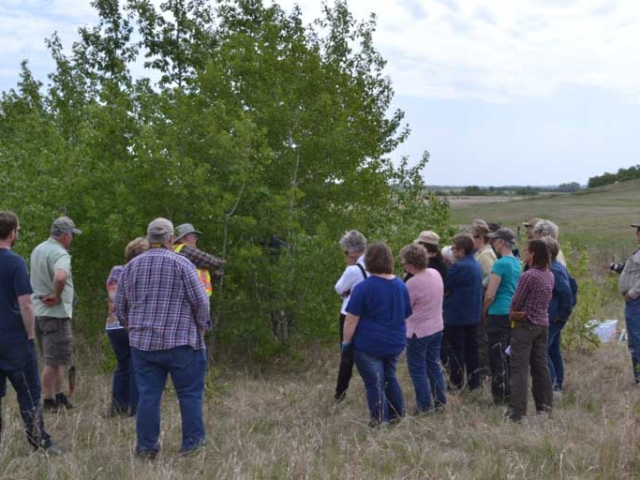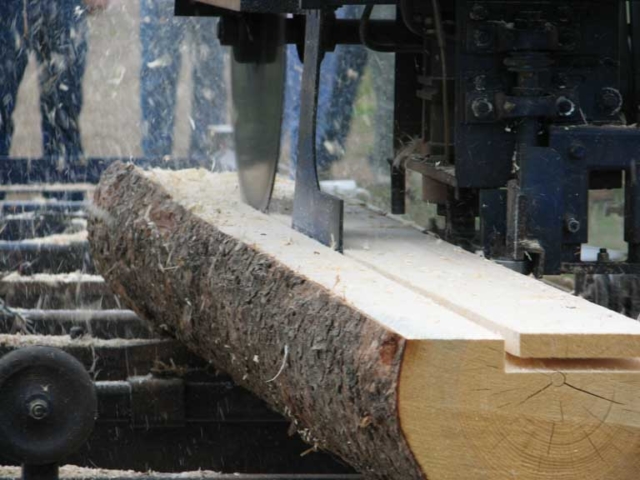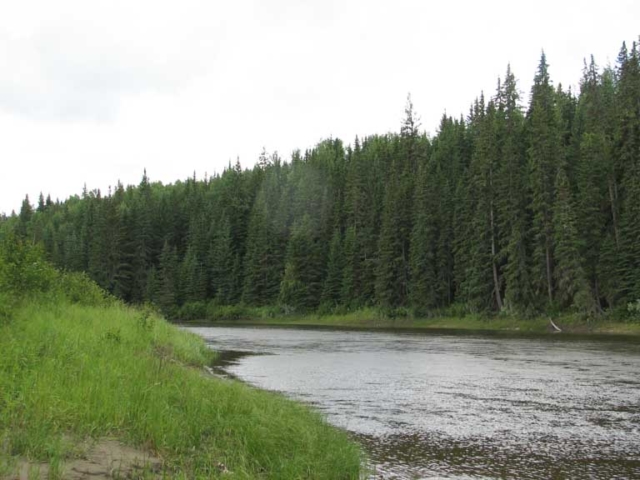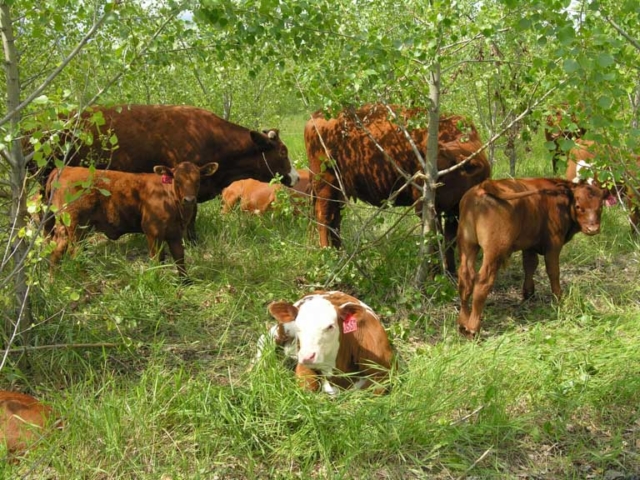Description / Details
Tamarack (Larix laricina)
Tamarack is a beautiful, long-lived tree that is both deciduous (leaf-dropping) and coniferous (cone-bearing). It is most commonly found in poorly drained muskeg areas in the boreal forest and foothills. In these areas, it can tolerate greater amounts of soil saturation than any other native coniferous tree. However, it will grow more quickly and to a greater size on moist mineral soils with better drainage. It will not tolerate shade or drought.
The palatability of tamarack foliage is considered low for most species of wildlife and livestock. However, its seeds are preferred by squirrels, birds (e.g. crossbill, pine siskin), mice, and voles. Its wood is durable and rot-resistant, making it ideal for outdoor uses such as posts, poles, and outdoor furniture. Despite these values, the market for tamarack wood is small, as it typically does not grow in large enough stands to be commercially viable.
Tamarack can be planted in Eco-Buffers or riparian buffers in moist to wet sites within the boreal forest or foothills.

